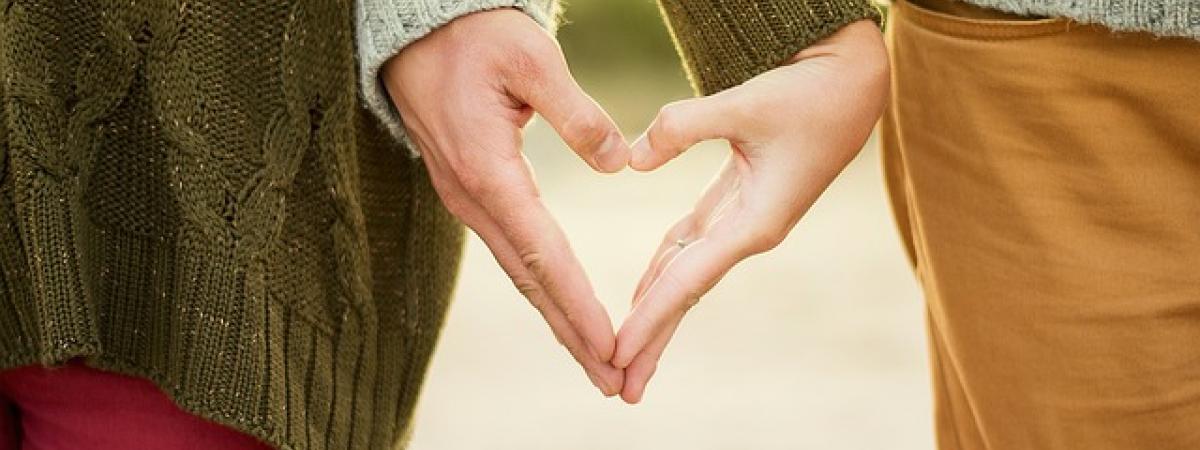5 differences between male and female skin
published in Reader's Digest,
15 November 2017

In men and women, skin acts as a shield, a sensor, a sign of our emotions and, when pierced or tattooed, as a statement. But did you know that skin differs between the sexes?
The hair
Male and female bodies are covered by about 5 million hairs – but there are two types of hair. Vellus hairs are thin and almost invisible; terminal hairs are coarser and darker in colour.
Testosterone (from the testes in men and ovaries in women, and from the adrenal glands in both) turns soft vellus hair into tough terminal hair during puberty. For men and women, hair then becomes more visible on the armpits, arms, legs and pubic areas. Men appear hairier than women in these places because their higher testosterone levels drive more of this trichological transformation: up to 25,000 beard hairs also become visible on men.
The oil and the sweat
“Men perspire whilst women glow.” Whether because of differences in sweat gland activity or body size, men often produce about twice as much sweat as women, which cools the body down.
Male skin also produces up to twice as much oil as female skin
With physical training, men and women can both become “better sweaters” and so tolerate more exertion – but men remain the “super sweaters” - a topic of interest as women play a role in previously male-dominated sports and employment?
Male skin also produces up to twice as much oil as female skin: spots can result, though studies show that adult acne may actually be more common in females.
The damage
Men shave, on average, 16,000 times in their lifetime. Skin irritation and over-exfoliation are just some of the side effects of shaving on the skin.
Sunshine, as well as shaving, strikes male skin hardest. In one Japanese experiment, men were found to have a higher number of wrinkles than women; and the well-wrinkled faces were those who had spent longest in the sun.
This sensitivity to sunshine may explain in part the worrying trend for skin cancers in men. By the age of 65, men are twice as likely as women to develop melanoma, perhaps due to genetic factors and men’s reluctance to use sunscreen.
The healing
Professor Gillian Armstrong of Manchester University explains that “one of the fundamental risk factors for chronic wound healing is a male genotype.” In other words, wounds heal more slowly on men; oestrogen outshining testosterone as a skin-healing agent. Age UK supported work to develop an oestrogen-based cream that might enhance wound healing in older men and women.
Delving deeper though (inside the mouth to be precise), it turns out that testosterone may turn up trumps in treating some wounds: one study showed that testosterone accelerated wound healing inside the mouths of older women.
Confused? Me too. As a nurse, I am frequently frustrated by wounds that fail to heal – on men and women.
The self-care
Do men take enough care of their skin? In one survey, 56% of men said that they did not need facial skincare products; 14% said that they did not consider skincare to be very masculine.
Being hairy, oily, sweaty, damage-prone and slow to heal, male skin deserves a bit of TLC. Here are some tips on how to start.
